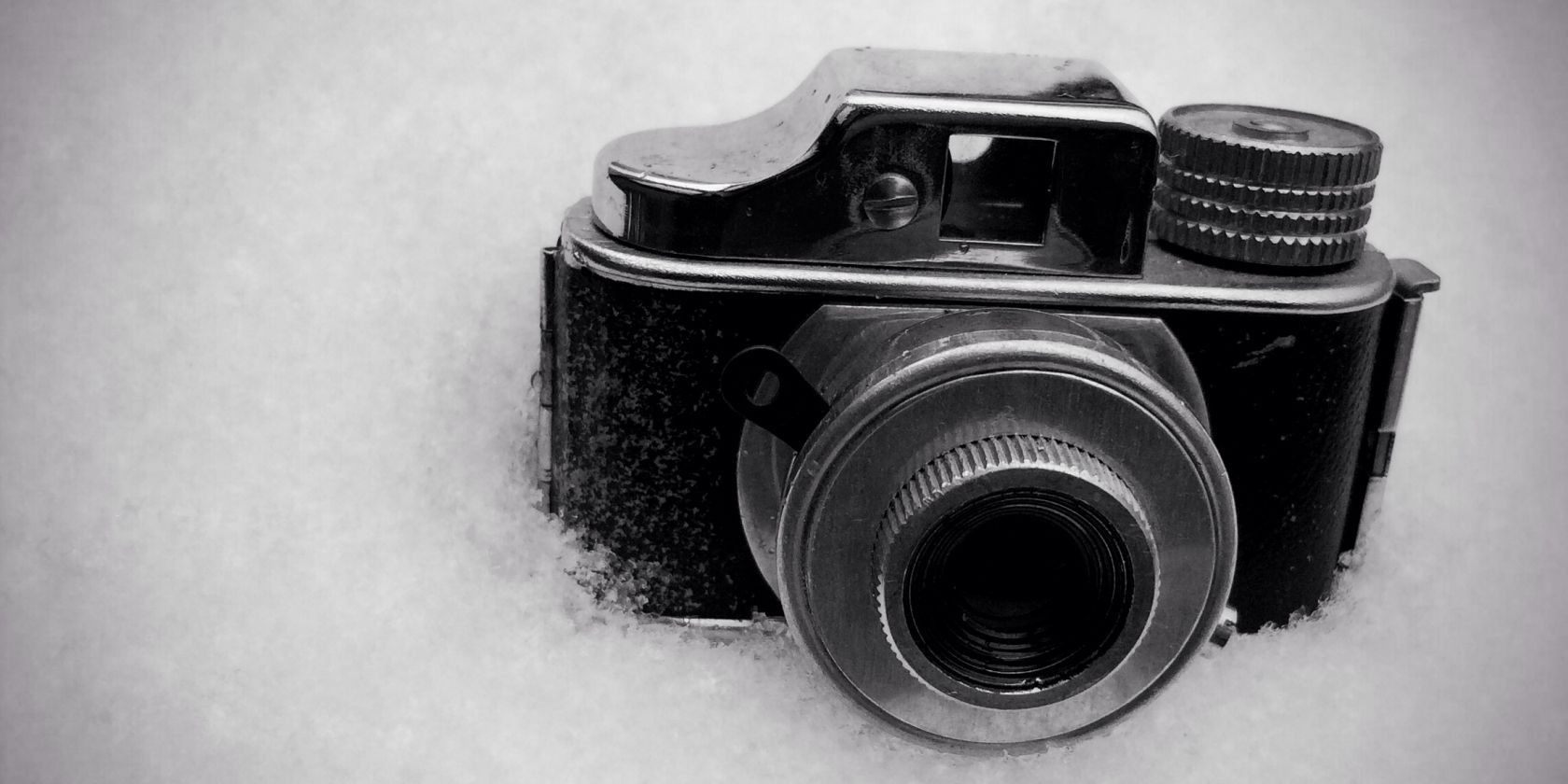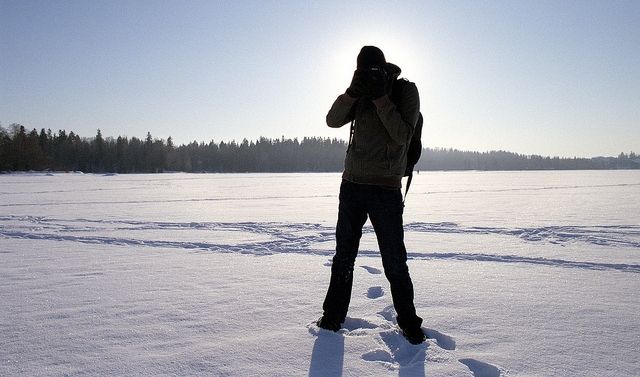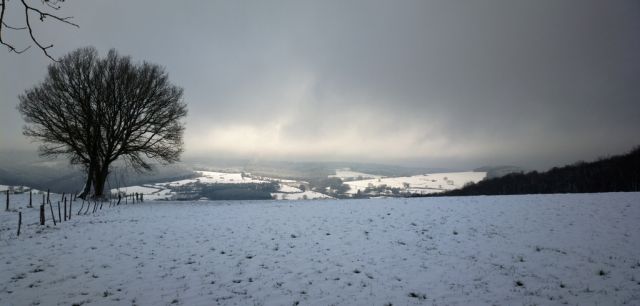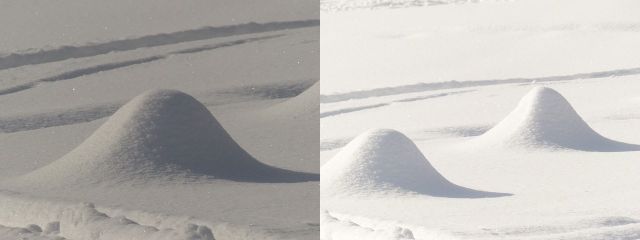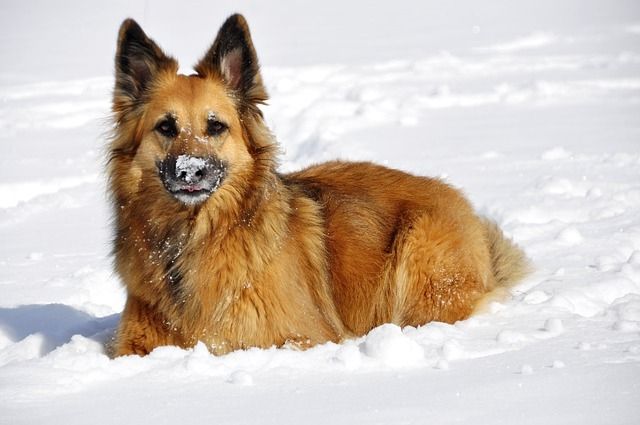Steve McCurry, the renowned photographer famous for snapping the 'Afghan girl' portrait, has a lesser known photo that has stayed with me. It's a scene from New York, where Central Park is completely covered with snow. I don't quite know why it appeals to me so much, but have a look for yourself.
Photos taken in winter are fascinating because they give the person behind the lens a white canvas. A blanket of snow makes for some of the best-looking photos you will ever see, but it's pretty easy to have things go wrong as well. So I dug around for some great tips to take perfect photos in the winter with your smartphone. Regardless of weather, you should always adhere to the most basic photography tips, so these are just improvements to make the most of snowy shots with your phone-camera.
Dress For It
Image credit: dareppi
Don't be a hero. You like the cold? Great, but that doesn't mean you can defy physics. I love it when my fingers get numb in freezing temperatures, but to take good photos, you need to wrap yourself up and give your joints some warmth to move freely.
With smartphones, one of the most important aspect is the touchscreen, so you want to ensure you can easily operate your touchscreen with your gloves. Some smartphones work fine with gloved fingers, but test yours before you go out. If the touchscreen isn't registering gloved input, dab some thermal compound on the fingertips, or just get a pair of the Glider Gloves which we reviewed.
Another thing to keep in mind with using smartphones in winter is that your battery will discharge faster in colder temperatures, so charge it completely before you head out the door.
Quite importantly, attach a strap to your smartphone. Snow makes things slippery, not to mention your grip won't be as tight with gloves on. You don't want your smartphone crashing into the snow. Of course, for the best protection for your phone, you can just buy a protective cover, like these great rugged cases for the iPhone.
Steady Yourself
We mentioned it in our top tips to take great smartphone photos and it's worth mentioning again: you need to get your balance and be steady. This is even harder in the snow, so don't be in a rush to take a photo. Stand firmly with your legs a little apart, tuck your elbows into your side and then shoot.
Go Out Right After The Storm
Image credit: olivierbxl
The best winter shots are just as the weather is clearing up, says David Kingham over at Borrow Lenses. The snow is fresh, the clouds are in the sky, and you will often find just the right amount of light to click photos without over-tasking your camera's ability to tell colours apart (which we will come to soon).
Avoid Sunny Scenes With White Snow & Deep Shadows
Wait, what? Aren't those supposed to be the best times to capture photos? Well yes, if you have a good DSLR with you. If you are relying on your iPhone, it doesn't have the dynamic range to capture the shadows and snows so well, says the Lenticular Travel blog.
So the very first thing to avoid is to shoot a sunny scene with white snow and deep shadows. It will not work. You will lose one or the other. How to go around this? Shoot early when the sun is down and the brightness of snow is not as high as at noon. Wait for the sun to go behind an even thin layer of clouds – they will act as a "natural" density filter and decrease the dynamic range of the scene. Avoid deep shadows, pay attention to the blacks and try to capture them when they are at least slightly lifted.
Prime Your White Balance Before Shooting
With snow as your backdrop, your camera's White Balance is going to go for a toss, so you need to set that right. Chances are, your default camera app is not going to be able to do that. On the iPhone, I recommend using Camera+ to set the white balance. On Android, CameraZoom FX is my choice, but there are plenty of good Android camera apps. If you're using a Lumia, Nokia's Pro Cam app already offers those settings.
Open the app of your choice, head to the White Balance settings, and start taking photos while adjust the white balance again and again till you get a picture that is as close to the real scene as possible. There's no secret sauce or "one size fits all" setting here; you're going to have to do the hard work and set the White Balance.
What happens if you don't? Be prepared for a bunch of photos with a blue tinge across them. The colour temperature in winter is naturally cool, so unless you want everyone and everything to appear pale and gloomy, set that White Balance!
Time To Go Black & White
If there is one time of the year when you shouldn't be afraid to shoot in black-and-white mode, it's winter. In fact, don't be afraid to pump up the contrast and adjust the brightness, suggests the iPhone Photography School.
On cloudy and snowy days, there is a lot of light going in all directions which usually results in bland, grayish photos. One way to get around this is to make your photos black and white. They will almost always look better that way, especially if you also increase contrast and adjust brightness.
Capture The Reactions
With natural elements, it's impossible to predict how people will react. You might have someone walking gingerly to not slip on the snow. Kids could be having a great snowball fight. There could be cats curled up in a warm alcove somewhere. Capture that. That's what you need to be looking for.
By itself, the snow doesn't do much. It's a passive scene with little to offer. It's the reaction to the snow that is priceless. At the start of this article, I mentioned Steve McCurry's great snow photo. One of the reasons it has stuck with me is the man with an umbrella right in the front.
Show Us Your Winter Snaps!
Now that you're armed with these tips, head out into the lush winter landscape and start shooting. And then come back here to show us those photos in the comments below. Along the way, if you discovered some cool tips for winter photography, share those too!
Header image courtesy: swanksalot

